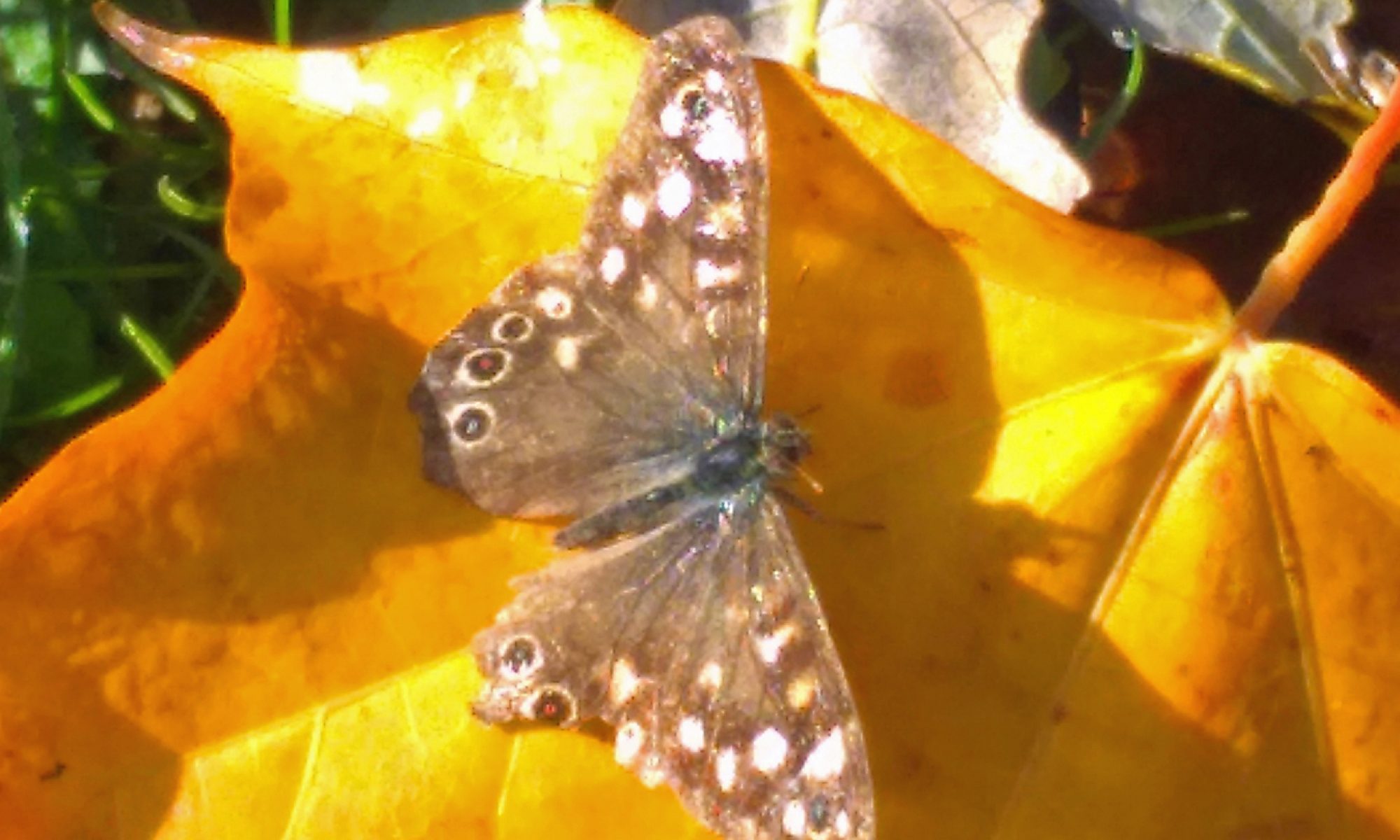
How can this hart’s tongue fern grow on a vertical cliff face about two metres from the ground.
That is quite an adventure in time and space. This story explains how this fern can climb walls.
Ferns are an ancient group of plants, first appearing on Earth about 390 million years ago. That’s about 260 million years before the emergence of flowering plants.

One spore floats up to a small crack in the rock face. Rainwater and the decaying remains of a leaf have formed a sticky, jam-like, humus inside the crack. The spore sticks to the humus and germinates, developing into a tiny little plant, about 10 mm long.

This small plant is called a gametophyte because it makes gametes for sexual reproduction. Gametes are sperm and egg cells.
These gametes will come together to make the adult fern on the surface of the tiny gametophyte.

The sperm and the egg join together. A single cell is produced that will grow into the adult fern. Eventually this fern will make spores of its own.
This may sound like a long-winded and complicated adventure, but it seems to work well, because there are so many ferns in Nowhere Wood.
The fern exists in several different forms during its adventure: spores, eggs, sperm, gametophyte and adult plants. What do they have in common?
Each of these forms is made of one or many cells. Each cell contains a nucleus, and inside each nucleus is a genome. Genomes contain information. The information in the genome is the same in all of the different forms of the fern.
The genome contains the secrets of how to be a fern and how to move forward in the next step of the adventure.
- The fern exist in several different forms during its adventure: spores, eggs, sperm, gametophyte and adult plants. Think why is important that the genome in every form is the same?


